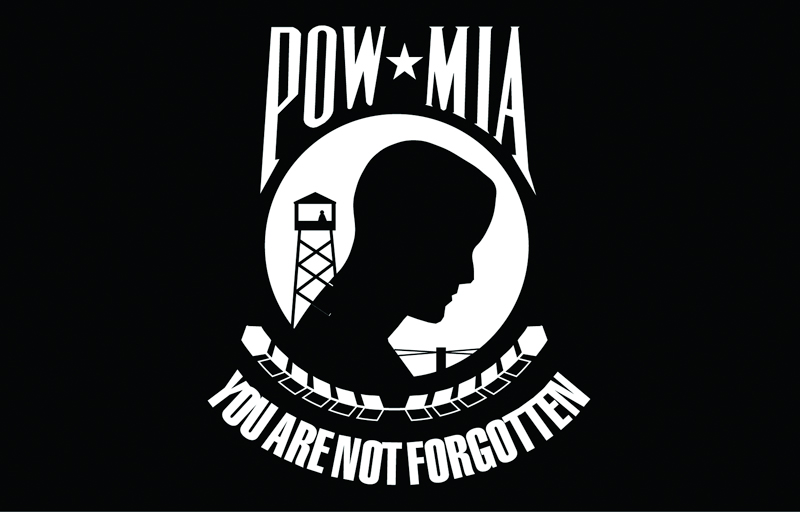
This series is an adaptation of an article that originally appeared in the August 2015 American Legion Auxiliary Magazine. Look for the remaining parts of this blog series in the days and weeks ahead. Please remember: More than 83,000 servicemembers are still classified as either prisoners of war (POWs) or missing in action (MIA).
Department of Defense steps up recovery efforts, aided by forensic technologyWhile service organizations like The American Legion and the American Legion Auxiliary have been advocating for the identification and return of POWs and MIAs for decades, their efforts have resulted insignificant developments recently.
In 2015, the U.S. Department of Defense (DoD) created a joint agency to increase efficiencies in identifying the remains of missing military members. The Defense POW/MIA Accounting Agency (DPAA) consolidated the efforts of the former Defense Prisoner of War Missing Personnel Office and the former Joint Prisoner of War/Missing in Action Accounting Command.
“If we put together a better institution … then I hope we’ll be far more effective in being able to accomplish the mission of identifying these missing remains and getting these missing remains brought home to the families,” said then-Defense Secretary Chuck Hagel in announcing the department. “We will continue to do everything we can to account for and bring as many of our missing and fallen service personnel as possible home here to the United States.” Hagel also credited veterans service organizations for leading the call for a major change.
That type of advocacy for the recovering of remains of America’s military heroes, including getting feedback from their families, made a difference, he said.
“We’ve been listening to and consulting with veterans service organizations about how to improve the department’s MIA operations,” Hagel said. “And I appreciate, we all appreciate, their input and their support to ensure the full accounting of all of our country’s missing servicemembers. I want to thank the veterans organizations who have been so important over so many years to this effort.”
As part of that initiative to bring home more servicemembers, the Pentagon announced in early 2015 that it will exhume the mass grave known as the Punchbowl Cemetery in Honolulu, Hawaii. It is the burial place for 388 sailors and Marines from the USS Oklahoma, which sank after the attack on Pearl Harbor on Dec. 7, 1941.
The co-mingled remains are in a total of 61 caskets at the site formally known as the National Memorial Cemetery of the Pacific. The DoD expected those remains to be removed by the end of 2015, but complete identifications could have taken up to five years.
In addition to these new initiatives by the DoD, advances in forensic technology also have played a significant role in the identification of remains from wars and conflicts dating back to World War II. These advances include DNA analysis and global positioning software used to survey battle scenes. For instance, scientists are now analyzing more than 10,000 bones and hundreds of pounds of gear, including dog tags, recovered from a World War II site on the Pacific Island of
In the spirit of Service, Not Self, the mission of the American Legion Auxiliary is to support The American Legion and to honor the sacrifice of those who serve by enhancing the lives of our veterans, military, and their families, both at home and abroad. For God and Country, we advocate for veterans, educate our citizens, mentor youth, and promote patriotism, good citizenship, peace and security.